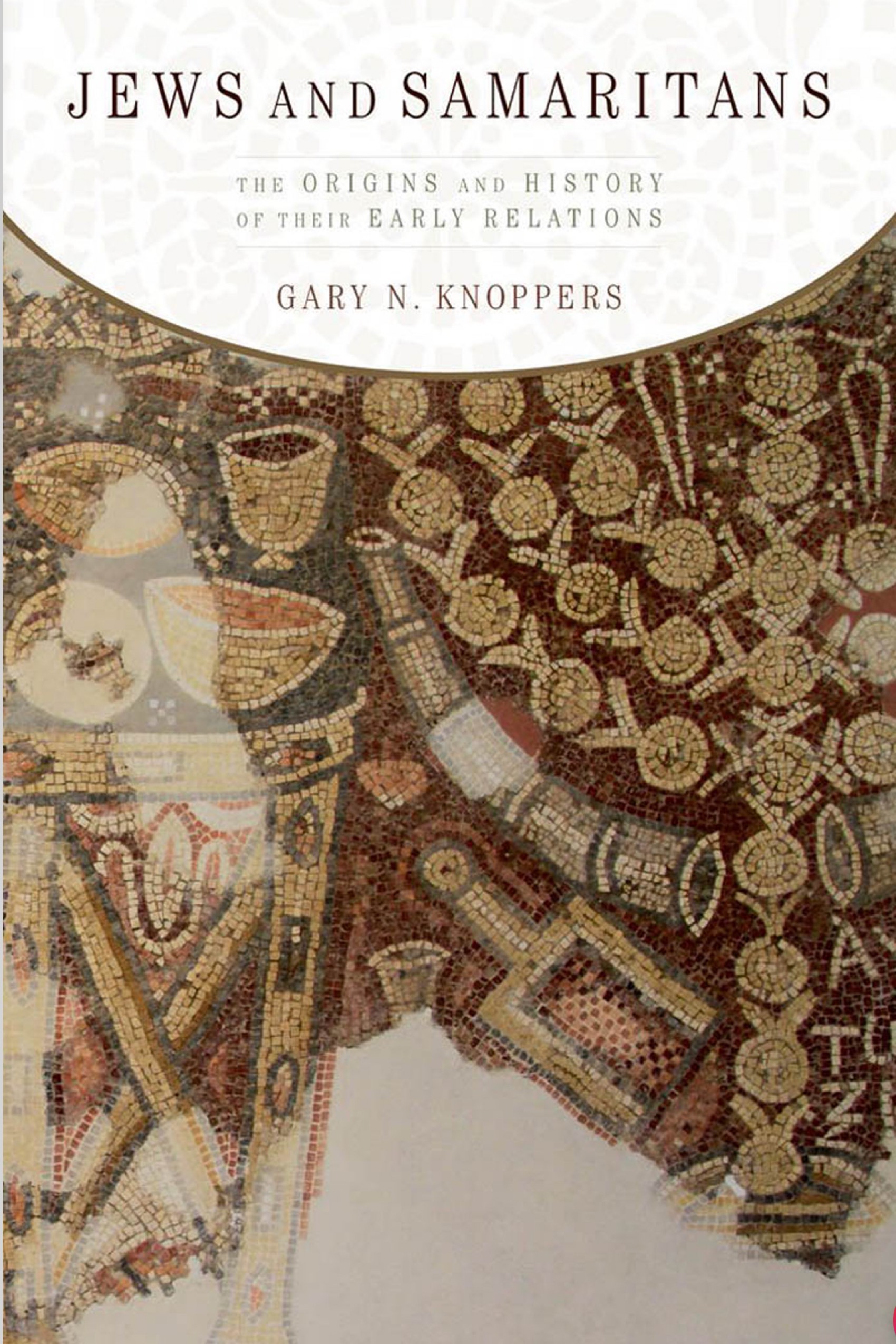JEWS AND SAMARITANS
The book Jews and Samaritans: The Origins and History of Their Early Relations by Gary N. Knoppers explores the historical, cultural, and religious relationships between the Jewish and Samaritan communities. It examines their common origins, differences, and the evolution of their interactions over time.
Summary of the Book
The book is structured into several key themes:
1. Common Origins and Divergences
• Both Jews and Samaritans trace their heritage to ancient Israel and share beliefs in monotheism, the Torah, and religious traditions.
• Despite these similarities, their distinct identities were shaped by political, theological, and historical developments.
2. The Fall of the Northern Kingdom and the “Lost Tribes”
• The Assyrian conquest (722 BCE) led to the exile of Israelites from the northern kingdom.
• While many Israelites were deported, a significant number remained in Samaria, forming the foundation of the Samaritan community.
• The idea of the “Ten Lost Tribes” is critically examined, with evidence suggesting that not all northern Israelites were displaced.
3. Religious and Cultural Evolution
• The revival of Israelite religion in post-exilic Samaria saw the adaptation of worship practices distinct from Judah.
• The Samaritans continued worship at Mount Gerizim, while the Jews centralized worship in Jerusalem.
4. Persian and Hellenistic Periods
• The book examines the impact of Persian and Hellenistic rule on Samaria and Judah.
• Cultural similarities persisted, but tensions arose due to competing religious interpretations and political conflicts.
5. The Maccabean and Roman Periods
• Under the Hasmoneans (Maccabean rulers), the Samaritan temple at Mount Gerizim was destroyed, worsening relations.
• By the early Roman period, Jewish and Samaritan relations had reached a point of open hostility, as reflected in historical and biblical texts.
6. Textual and Archaeological Evidence
• The book uses biblical sources, the Dead Sea Scrolls, and Samaritan Pentateuch to explore how each group viewed the other.
• Archaeological discoveries, including inscriptions and remains of the Samaritan temple, provide insight into their religious practices.
7. Ethnicity, Identity, and Imperial Influence
• The book explores how both groups interacted with imperial powers (Assyrians, Babylonians, Persians, Greeks, and Romans).
• The concept of ethnic and religious identity evolved based on external political pressures and internal theological disputes.
Key Takeaways
• Jews and Samaritans share a common Israelite ancestry but developed into separate communities due to political and religious conflicts.
• The fall of the northern kingdom and the myth of the “Ten Lost Tribes” have shaped perceptions of Samaritan origins.
• The destruction of the Samaritan temple by Jewish forces was a significant turning point in their strained relations.
• Despite hostilities, cultural exchange and theological parallels remained between the two groups.
